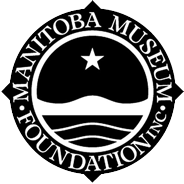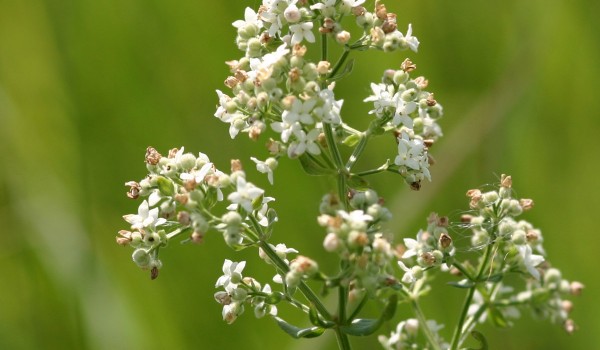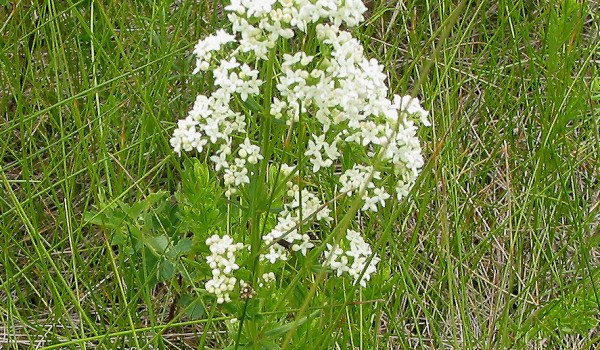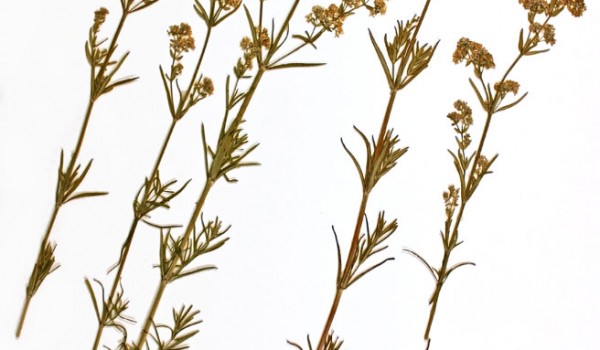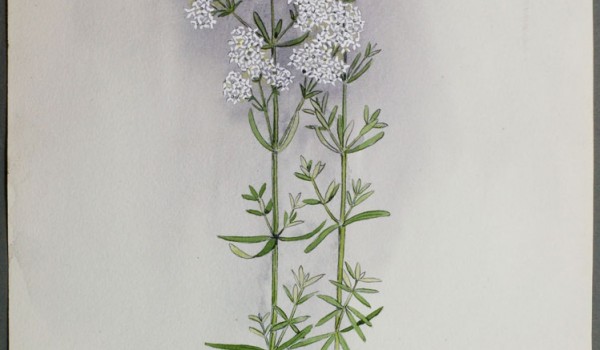Madder (Rubiaceae)
Northern Bedstraw
Galium boreale L.This prairie perennial has creeping rhizomes that often form dense patches. It is commonly named for its historical use as a mattress and pillow stuffing. Young plants and leaves are edible and have medicinal uses, while roots can be used for making a red dye. Flowers are mainly pollinated by flies and beetles, but are capable of self-pollination. They also attract bees, ants, butterflies, and moths.
Flower Colour:
- White
Flowering Season:
- Spring
- Summer
Flowering Months:
- August
- July
- June
- May
Canadian Rarity Status:
Not rare. Listed as “may be at risk” in Nova Scotia and Prince Edward Island.
Physical Appearance:
Numerous, erect, branching stems grow 20-80 cm tall, and are 4-sided with tufts of hair below the nodes. Narrow, lance-shaped stem leaves have three distinct parallel veins and smooth edges, occurring in whorls of four. Basal leaves die back early. Numerous, tiny white, saucer-shaped flowers occur in a branching terminal cluster. Male and female flowers occur on separate plants, each one having four pointy-tipped petals. Fruits are hairy nutlets.
Similar Species:
Pale Comandra, Small Bedstraw (Galium trifidum L.), Sweet-scented Bedstraw (Galium triflorum Michx.)
Gardening Notes:
Seeds and/or plants are often available from greenhouses and seed supply companies specializing in native plants. Plants are a good addition to pond edge/wetland, woodland, or prairie gardens. They can be propagated by seed, rhizome cuttings, or division of mature plants.
Canadian Distribution:
- Alberta
- British Columbia
- Manitoba
- New Brunswick
- Northwest Territories
- Nova Scotia
- Ontario
- Prince Edward Island
- Quebec
- Saskatchewan
- Yukon
Prairie Types:
- Fescue Prairie
- Mixed Grass Prairie
- Tall Grass Prairie
Habitats:
- Lake Shores
- Open Woodlands
- Prairies
- Rocky Slopes
- Salt Water Shores
Moisture Conditions:
- Moderate
- Moist
Light Preference:
- Full Sun
- Part Shade
Soil Preference:
- Clay
- Loam
- Organic
- Sand
Associated Pollinators:
-
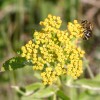 Andrenid Bees, Miner/Digger Bees (Andrenidae)
Andrenid Bees, Miner/Digger Bees (Andrenidae)
-
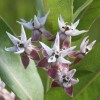 Ants (Formicidae)
Ants (Formicidae)
-
 Blow Flies (Calliphoridae)
Blow Flies (Calliphoridae)
-
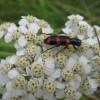 Checkered Beetles (Cleridae)
Checkered Beetles (Cleridae)
-
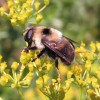 Flower Flies (Syrphidae)
Flower Flies (Syrphidae)
-
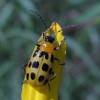 Leaf Beetles (Chrysomelidae)
Leaf Beetles (Chrysomelidae)
-
 Root Maggot Flies (Anthomyiidae)
Root Maggot Flies (Anthomyiidae)
-
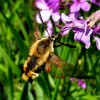 Sphinx and Hawk Moths (Sphingidae)
Sphinx and Hawk Moths (Sphingidae)
-
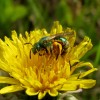 Sweat Bees, Halictid Bees and other Bees (Halictidae)
Sweat Bees, Halictid Bees and other Bees (Halictidae)
-
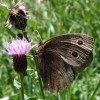 Wood-nymphs, Satyrs, and Arctics (Nymphalidae (Subfamily Satyrinae))
Wood-nymphs, Satyrs, and Arctics (Nymphalidae (Subfamily Satyrinae))
-
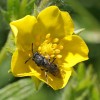 Yellow-faced Bees (Colletidae)
Yellow-faced Bees (Colletidae)



